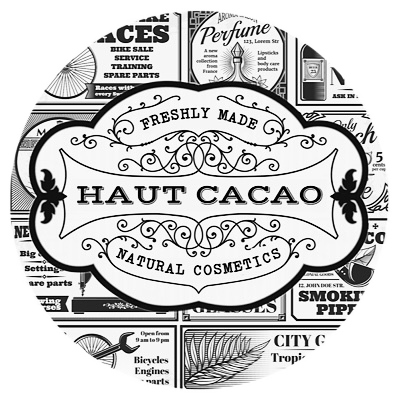First let’s get started by answering the question on all our minds, what is microcrystalline cellulose? Microcrystalline Cellulose is processed wood pulp that is used to add texture, filler, and prevent caking in products like cosmetics, food, and supplements. These products are being absorbed and ingested daily by applying makeup and even taking daily medications. The emulsion-stabilizing, cling-improving, anti-caking substance operates under multiple aliases, ranging from powdered cellulose to cellulose powder to methylcellulose to cellulose gum. The entrance of this non-absorbable fiber into fast food ingredients has been stealthy, yet widespread: The compound can now be found in buns, cheeses, sauces, cakes, shakes, rolls, fries, onion rings, smoothies, meats—basically everything. It’s in most makeup formulas too, even ‘clean’ ones because it’s ‘natural’:
weight loss
Although it is considered safe and there are no limits to its use, too much microcrystalline cellulose can have many unwanted side effects because the stomach and blood system cannot absorb it correctly. Weight loss is a possible side effect of microcrystalline cellulose. How does it cause weight loss? Well, when it is ingested in large amounts, it makes it harder for the body to absorb it. In return it makes it harder for your body to absorb the other nutrients you need such as fats, minerals, and supplements. Another reason for weight loss is the feeling of being full, but as previously stated this is due to higher doses of microcrystalline.
loss of energy
Another possible side effect is a loss of energy, headaches, and forgetfulness. Feeling sluggish or fatigued is a sign that your body is running low on energy. The reason behind those headaches, the fatigue and forgetfulness may be that your body cannot get the nutrients it needs to keep the brain healthy. Your body needs things like minerals and fatty acids to keep you going and feeling energized. The culprit is most likely to be the increased amount of microcrystalline that cannot be adequately absorbed and the body’s inability to absorb the nutrients it needs to stay healthy easily.
IBS
Increased bowel movements are another possible side effect due to increased amounts of microcrystalline cellulose. The intestines cannot absorb the increased amount so, in turn, this will cause you to make more trips to the bathroom, doesn’t sound ideal. Those with sensitive digestive tracts are more likely to experience these symptoms. Abdominal discomfort and bloating, gas and even diarrhea are also side effects associated with the increased absorption of microcrystalline. The tricky part is that you may not always be aware of how much you are absorbing because many products contain this ingredient but the quantity is not listed. The best thing to do, especially if you are experiencing any side effects, is to read through ingredients in many products to monitor your consumption. Those who have sensitive digestive tracts may experience some reactions to microcrystalline, regardless of the amount they consume. Like any medication and food product, there is always a possibility of an allergic reaction, and you should still be aware of symptoms and when to seek medical attention or advice.
possible carcinogen
The French Association for Anti-Cancer Therapeutic Research (ARTAC) considers this additive as possibly carcinogenic. The cost effectiveness of this filler has pushed many chains to use progressively less chicken in their ‘chicken’ and cream in their ‘ice cream.’ McDonald’s ranks highest on the list with cellulose integrated into 14 of their menu items including their renowned fish fillets, chicken strips and biscuits, with Burger King ranking second on the list with 13 menu items containing cellulose. Moreover, many cellulose-laden ingredients (such as honey mustard, bbq sauce, and cheese blends) can be found in multiple items throughout the menu making the filler difficult to avoid. Studies on the effects of microcrystalline cellulose are continuing, but meanwhile, so is the adoption of wood pulp-based fillers.







